It took just 11 races for Red Bull to decide not to keep Nyck de Vries in Formula 1.
He got the gig thanks to the brilliant ninth place finish he scored on his last-minute debut for Williams at the Italian Grand Prix last year. But after 10 appearances in an AlphaTauri he’s been shown the door.
Those 11 starts equate to half a season this year (even less on the 2024 F1 calendar). When the news broke last week several drivers criticised Red Bull for dropping de Vries, a champion in Formula 2 and Formula E, so hastily.
Can a team really draw a meaningful conclusion about a driver’s ability so quickly? How did three of Red Bull’s brightest stars fare in their first 11 starts compared to de Vries?
Many drivers have passed through the doors of Red Bull and its junior team AlphaTauri (formerly Toro Rosso) over the past 18 years. But race winners Sebastian Vettel, Daniel Ricciardo and Max Verstappen stand out as those who made the greatest impression.
Sebastian Vettel
Race 1: BMW Sauber, Races 2-11: Toro Rosso
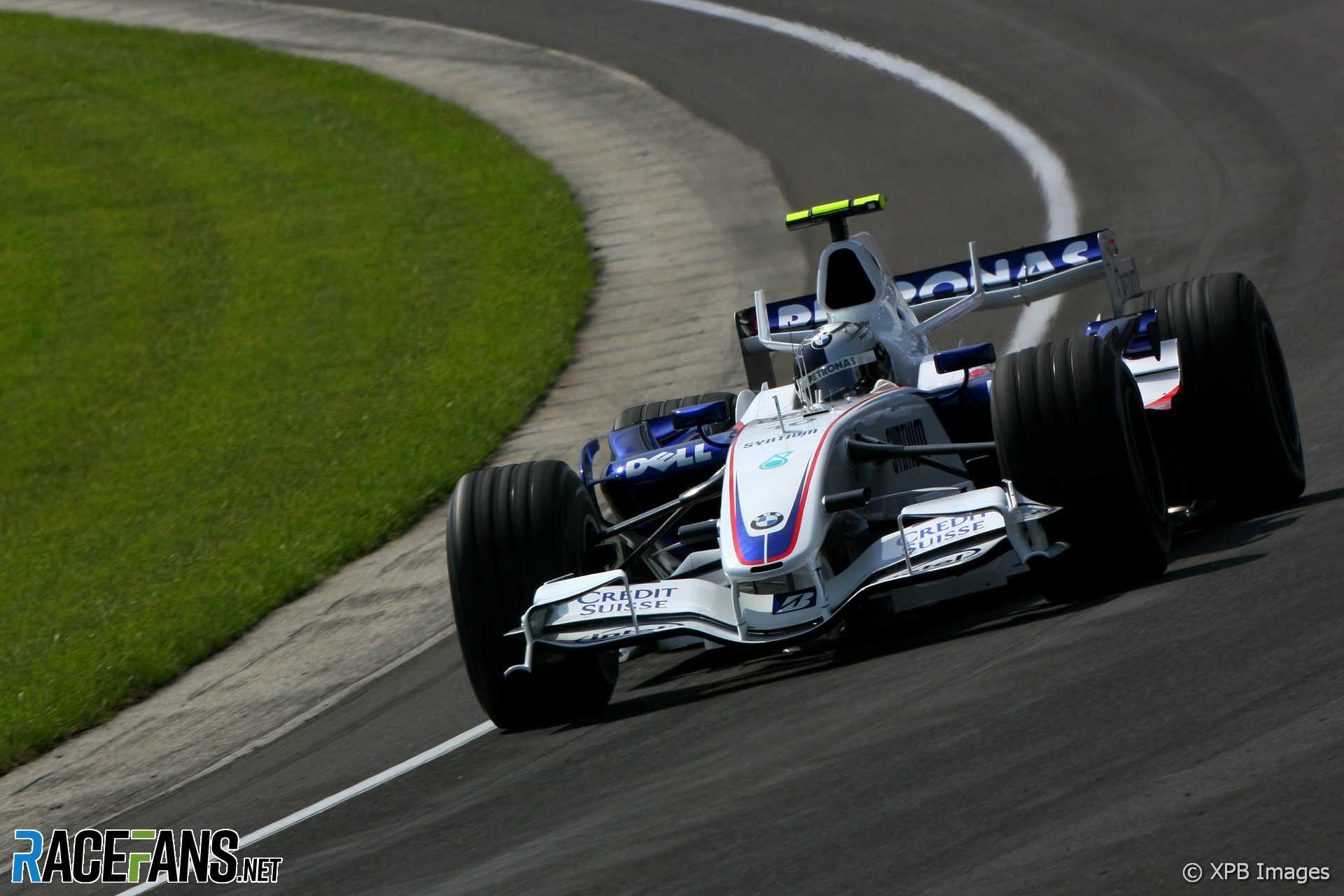
In circumstances not dissimilar to de Vries’ debut, Vettel was called up by BMW Sauber to substitute for Robert Kubica for the 2007 United States Grand Prix on Indianapolis Motor Speedway’s road course layout. Vettel was quite a bit younger – 19 years old on his debut to de Vries’ 27 – and made an immediate impact.
Driving for a team that had reached the podium in the previous race, Vettel was fourth fastest in the opening practice session and second fastest in the third, then qualified seventh for his debut race. His first ever start didn’t go great, dropping to 11th, but he recovered to finish eighth.
Kubica was cleared to return at the next round so Vettel was not needed by the team again. But Red Bull chose to replace the underperforming Scott Speed at Toro Rosso and put Vettel in the car for the final seven races of 2007 and the entirety of the 2008 season.
Advert | Become a RaceFans supporter and
Vettel was often off the pace compared to Vitantonio Liuzzi over their first four weekends as team mates. The Japanese Grand Prix looked to mark a change in fortunes as Vettel achieved Toro Rosso’s best ever starting position of eighth on the grid. The Safety Car led the field for the first quarter of the wet race, and when the drivers were released Vettel jumped up to third, and after nine laps of racing he was in the lead as the top two pitted.

But his time at the front is not what Vettel is remembered for in that race. During another Safety Car period he crashed into the back of Red Bull’s Mark Webber in extremely low visibility conditions. At least de Vries didn’t crash into Max Verstappen this year…
Vettel rebounded from his Japanese GP error at the following Chinese Grand Prix despite a penalty for impeding in qualifying which left him 17th on the grid. Another wet race enabled him to shine in an otherwise uncompetitive car and he rose to finish fourth. This was only the second time in Toro Rosso’s history that they had scored points.
Even better days lay ahead after his first 11 races. Vettel stunned the paddock by winning his 22nd start, still at Toro Rosso, making the junior team winners before Red Bull.
Daniel Ricciardo
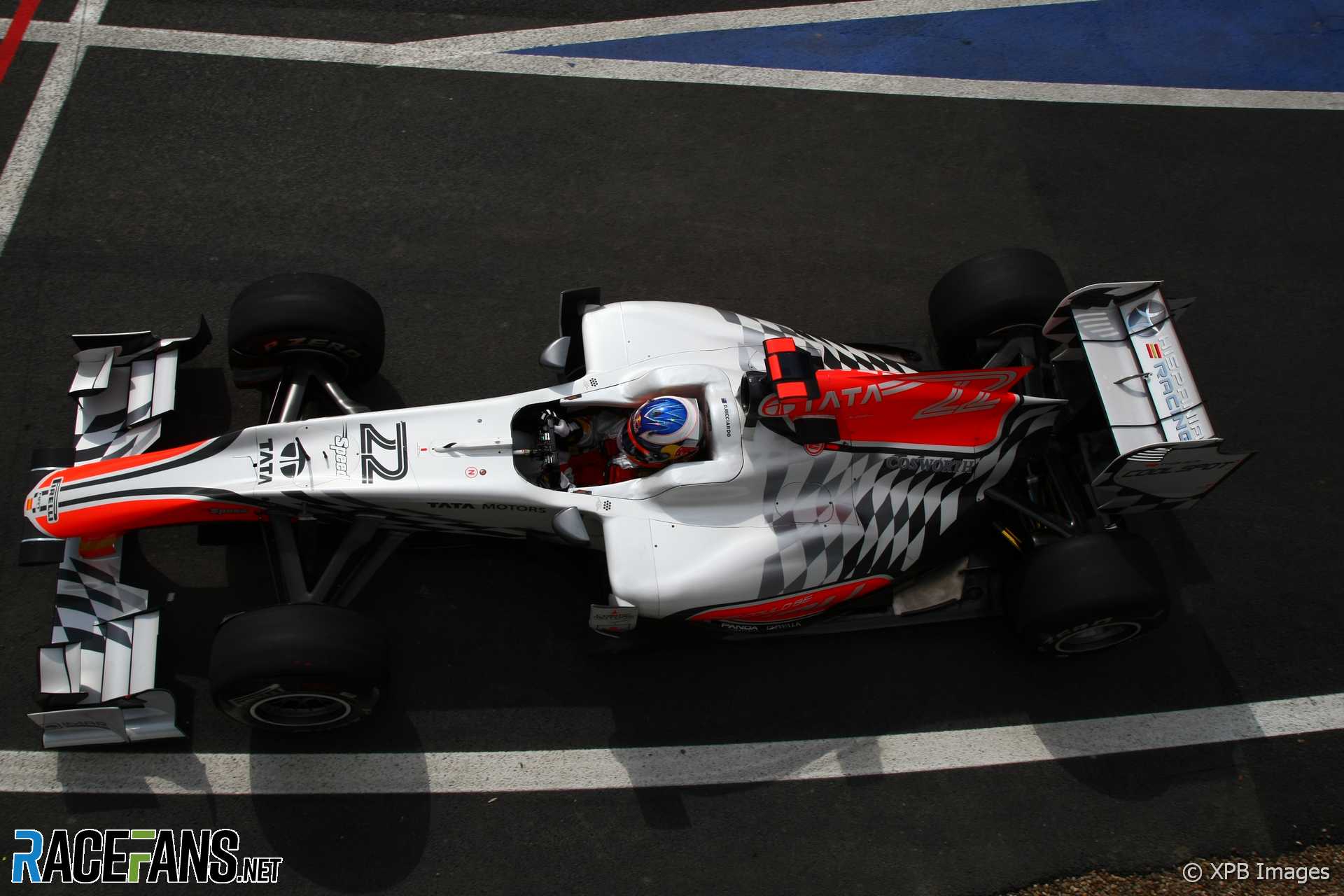
Races 1-11: HRT
Toro Rosso turned up to the 2011 season with three drivers, one of whom only drove for them in practice. That was Daniel Ricciardo who caught the eye when he went eighth-quickest in first practice at the Turkish Grand Prix. Red Bull wanted to see what he could do, but decided against replacing Sebastien Buemi or Jaime Alguersuari, and placed Ricciardo at backmarker team HRT for the remaining 11 races of the year.
Advert | Become a RaceFans supporter and
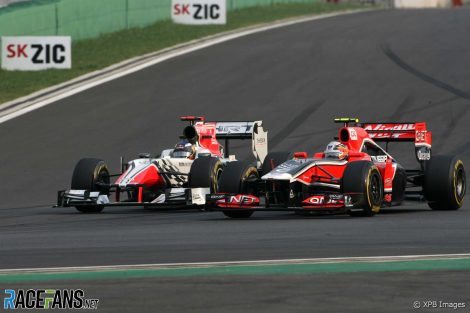
Like Vettel, he went up against Liuzzi, giving Red Bull a useful known quantity to measure him against. It took five attempts for Ricciardo to outqualify him, but on average he was just 0.15 seconds slower than his more experienced team mate. As HRT’s lack of pace meant normally only the back row of the grid was possible, Ricciardo had some freedom to learn from his mistakes. But he didn’t make many of note.
He logged two 18th places, a best qualifying result of 20th and no high-profile errors. The car’s dire lack of pace meant he was regularly lapped three or four times – finishing a lap off the lead in South Korea, where he somehow beat Jerome D’Ambrosio’s Virgin home, was a peak. But after Liuzzi skittled into a group of rivals on the first lap at Monza, Ricciardo never finished a race behind him again, and Red Bull’s motorsport advisor Helmut Marko chose to put him in a Toro Rosso for 2012.
When Webber hung up his helmet at the end of the following season, Red Bull took Ricciardo. But 10 years on, Ricciardo is back at the junior squad looking for a way back into the top team.
Max Verstappen
Races 1-11: Toro Rosso
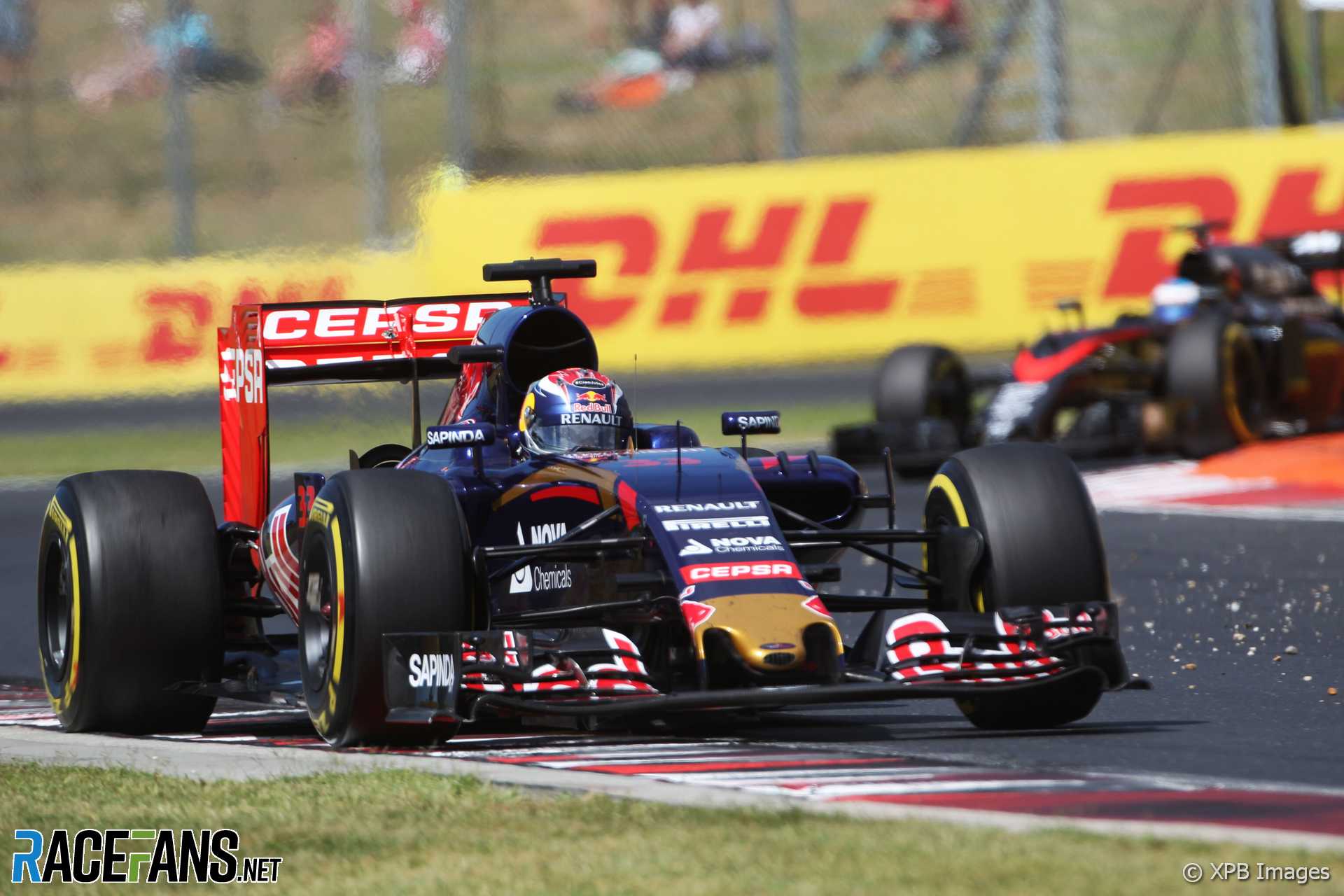
The next of Red Bull’s race winners was Max Verstappen, who went straight into Toro Rosso for his F1 debut in 2015 after three practice appearances at the end of 2014, all on circuits totally new to him.
By this point Toro Rosso was a competitive team, and in 2015 had their best season since 2008. In the first 11 races, the 17-year-old Verstappen finished in the top ten four times (with fellow rookie team mate Carlos Sainz Jnr doing the same) and qualified in the top ten five times (a feat also matched by Sainz).
Verstappen’s debut took place at Albert Park and had more attention possibly than any other in recent F1 history as he broke the record for the youngest ever driver to race in F1. He was fourth fastest in Q1 at his very first attempt at an F1 qualifying session, but went out of Q2 in 12th place, and was in a points-scoring position in the race when his engine expired. Similar problems put him out two of the next three races.
Advert | Become a RaceFans supporter and
The future champion’s first 11 races also saw a crash in Monaco that drew the ire of rivals. But before then Verstappen showed an immediate flair for one of F1’s most demanding tracks.
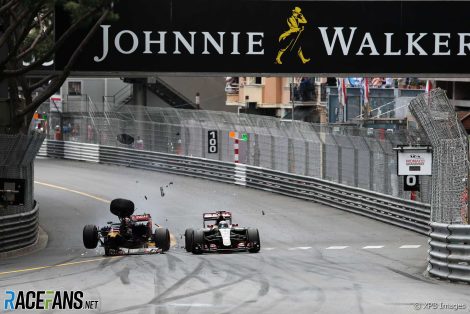
He starred his first-ever visit to the circuit in style by going second fastest in first practice, and was in the top 10 in the next two sessions. That form continued into qualifying, as he was third in Q1, sixth in Q2 and 10th in Q3. But on race day he didn’t quite have the pace to match that, and he was chasing Romain Grosjean for the final point when he ploughed into the back at him at turn one. The pair thankfully emerged uninjured, and Verstappen got a grid penalty, two penalty points and a scorning from several of his rivals.
But he delivered on his potential with a best finish of fourth over his first 11 races in the Hungarian Grand Prix. That was despite further incidents including a drive-through penalty and collision with Valtteri Bottas.
But like Vettel and Ricciardo before him, Verstappen had shown high enough peaks for Red Bull to be convinced the potential was there. They set a tough standard against which future drivers have been judged – and often found wanting.
Become a RaceFans Supporter
RaceFans is run thanks in part to the generous support of its readers. By contributing £1 per month or £12 per year (or the same in whichever currency you use) you can help cover the costs of creating, hosting and developing RaceFans today and in the future.
Become a RaceFans Supporter today and browse the site ad-free. Sign up or find out more via the links below:
